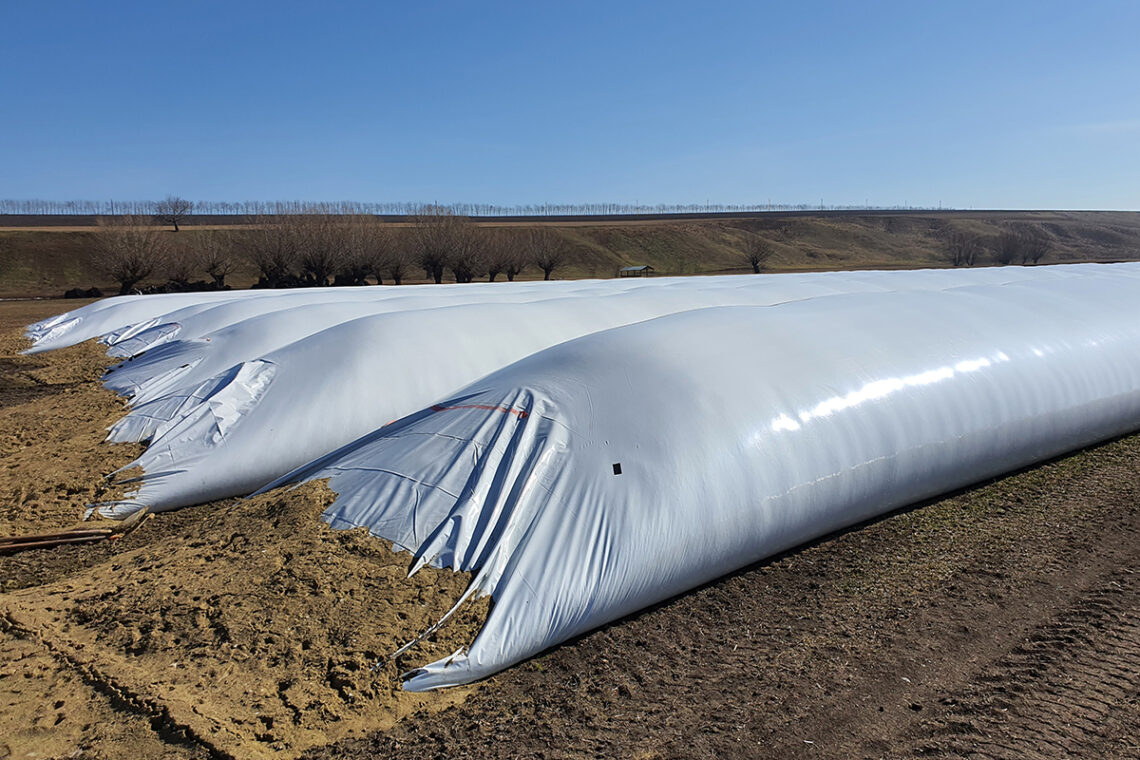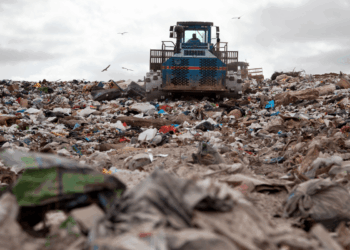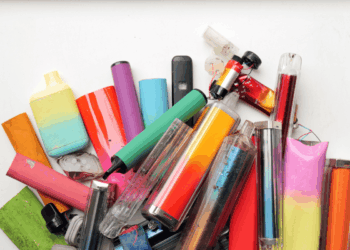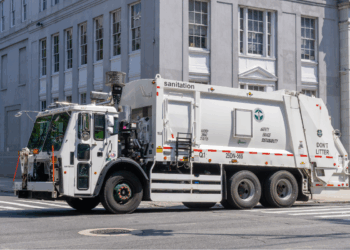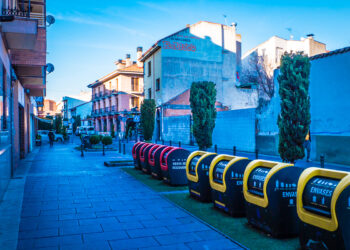Resource Recycling News
Republicans propose US House bill on chemical recycling
The bill seeks to classify chemical recycling as a manufacturing process rather than as waste incineration, to help speed infrastructure...
Virginia opens comment for state solid waste plan
Virginia is taking public comment on a draft solid waste plan that updates decades-old rules, raises recycling goals, expands data...
Colorado approves final EPR plan for packaging
The state approved the plan from Circular Action Alliance, clearing the way for the law's implementation within the next six...
Vape fires cost waste, recycling sector $2.5B yearly
Waste and recycling operators are heading into another year of elevated fire risk as lithium-ion batteries from electronics and disposable...
Generate Capital accelerates organics-to-energy expansion
Generate Capital has raised more than $1 billion over the past year to support and expand its credit-investment platform for...
Miami-Dade backs pilots to grow organics diversion and composting
Three US companies will receive six-figure awards from Miami-Dade County to expand organic waste diversion following a recent municipal challenge.
Minnesota seeks public input on packaging recycling plan
Minnesotans still have time to weigh in on the state’s extended producer responsibility (EPR) law before legislators finalize the details....
IWS acquires Filco to expand in NYC commercial waste zones
Interstate Waste Services, Inc. is expanding its footprint in New York City through the acquisition of Filco Carting Corp. This...
Beauty packaging NGO looks to expand
In its efforts to reduce beauty packaging waste and increase industry accountability, Pact Collective is seeking to add to its more than...
EU auditors support incentives to keep recycling viable
In a recent report, the European Court of Auditors (ECA) called progress toward recycling targets "too slow," and offered several...






